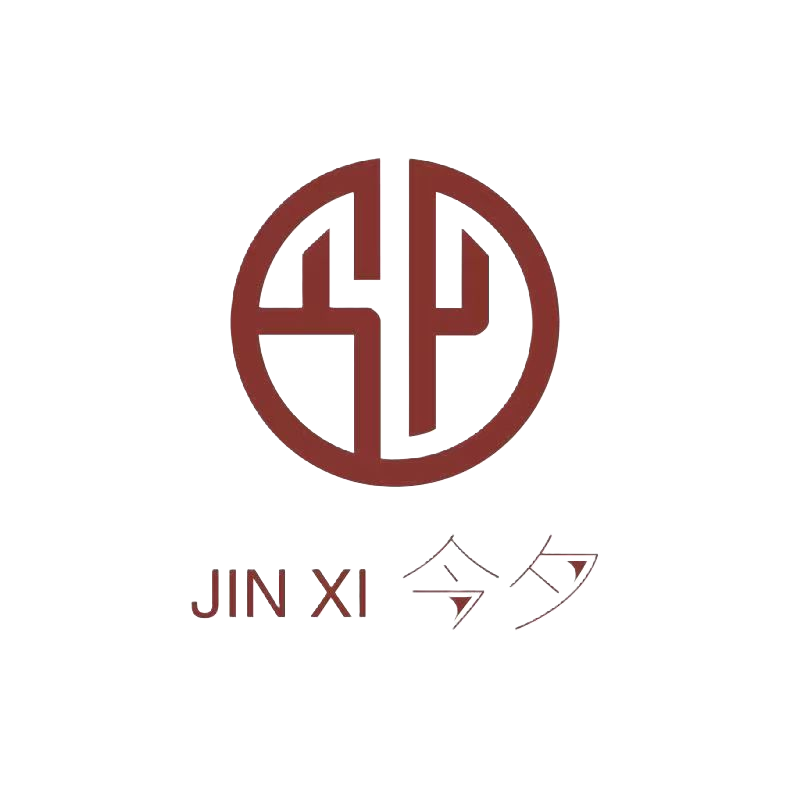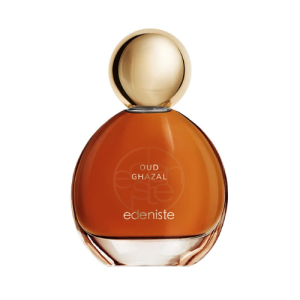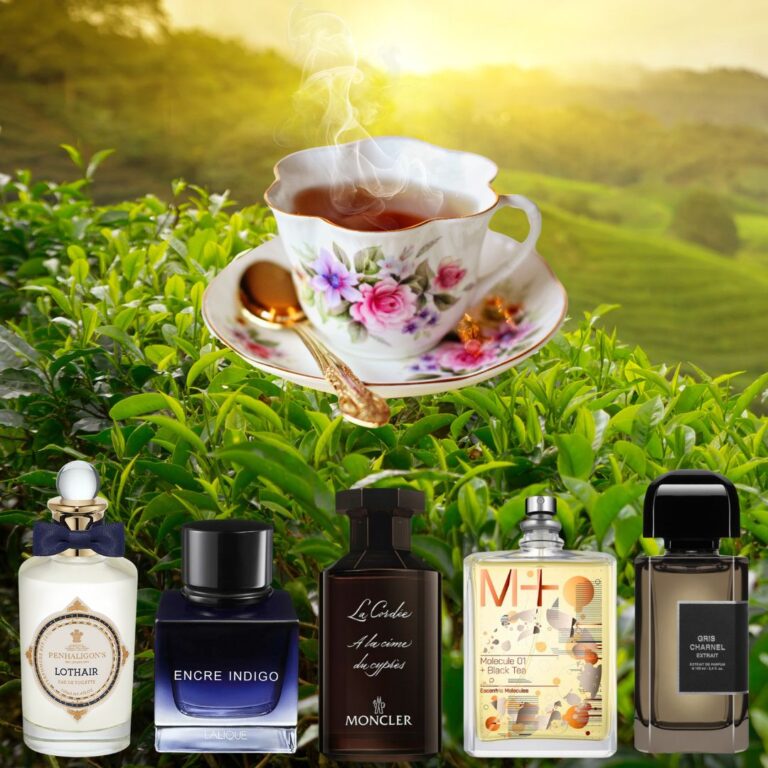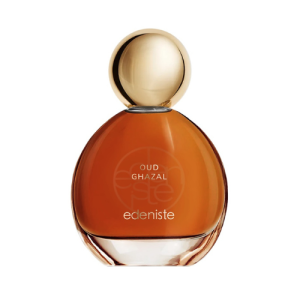Don't miss our holiday offer - up to 50% OFF!
The Golden Age of Chinese Incense: Ming to Qing Dynasty Legacy
Explore the golden age of Chinese incense from the Ming to Qing Dynasties—its cultural impact, trade significance, and artistic legacy. Discover a fragrant history!
The Golden Age of Chinese Incense: From the Ming Dynasty to the End of Imperial Rule
Introduction: A Fragrant Legacy
The story of Chinese incense is one of cultural richness, economic prosperity, and artistic innovation. From the Ming Dynasty (1368-1644) to the Qing Dynasty (1636-1912), incense was not just a luxury but a cornerstone of daily life, spirituality, and trade. As China’s population soared from 60 million to 450 million during this period, incense became a symbol of stability and refinement in a rapidly evolving society.
This article delves into the fascinating history of Chinese incense during these dynasties, exploring its role in international trade, its influence on art and literature, and its enduring legacy.
The Ming Dynasty: Incense and International Trade
Macau and the Portuguese Connection
During the Ming Dynasty, China’s trade policies became more restrictive, but incense ingredients still flowed into the country through both official and unofficial channels. Portugal emerged as a key trading partner, supplying prized materials like sandalwood, frankincense, and ambergris.
Ambergris, a rare and valuable ingredient, was particularly sought after. In 1554, just a year after the Portuguese settled in Macau, local officials purchased 410 grams of ambergris for a staggering 1,200 silver coins—enough to buy six houses in central Beijing! This trade not only enriched Macau but also cemented its role as a hub for incense commerce.
[IMAGE: A 16th-century depiction of Macau bustling with Western traders and ships.]
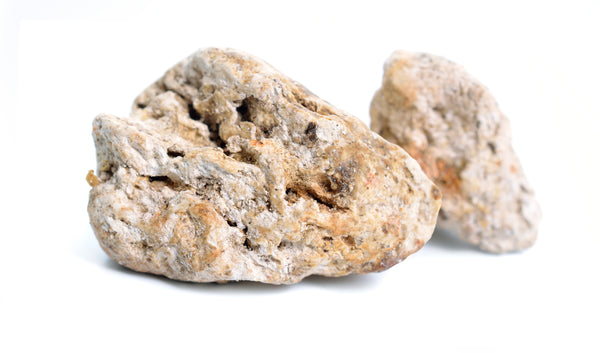
Hong Kong: The Incense Port
Did you know that Hong Kong’s name literally means “Incense Port”? During the Ming Dynasty, the region was renowned for its aloeswood plantations, producing high-quality incense known as Guanxiang. The island’s ports became vital centers for trading and shipping this precious resource.
Locations like Tsim Sha Tsui (Incense Wharf) and Shek Pai Wan (Incense Port) were pivotal in the incense trade, earning Hong Kong its fragrant moniker.
Innovations in Incense: From Sticks to Lost Arts
The Evolution of Incense Sticks
While incense sticks were invented during the Song Dynasty, they were refined and perfected in the Ming era. Early Ming sticks were thick and uneven, but by the late Ming period, they became thin, uniform, and widely used.
A notable innovation was the introduction of cored incense sticks, similar to those used in Indian incense today. These sticks became a staple in Chinese households and temples.
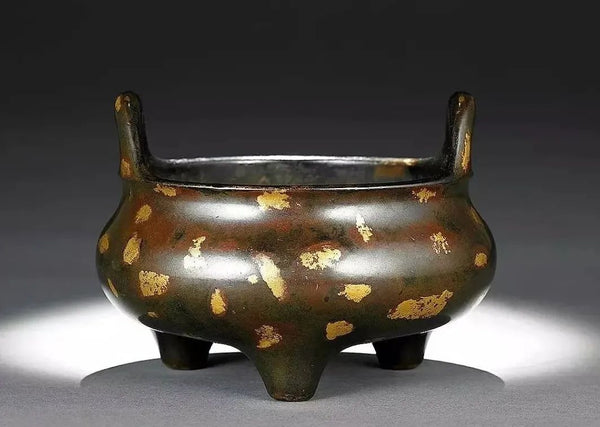
The Lost Art of Dragon Hanging Incense
One of the most intriguing incense forms from the Ming Dynasty was the “Dragon Hanging Incense.” Unlike the spiral incense seen in temples today, these were crafted into intricate shapes of animals and characters. Sadly, this art has been lost to time, leaving only remnants of its grandeur.
[IMAGE: A temple adorned with large spiral incense, a distant echo of Dragon Hanging Incense.]
The Art of Incense Burners: Xuan De and Cloisonné
The Legendary Xuan De Incense Burners
The Ming Dynasty is famed for its Xuan De incense burners, crafted during the reign of the Xuan De Emperor (1426-1435). Made from high-quality bronze infused with gold and silver, these burners were symbols of imperial luxury.
Today, authentic Xuan De burners are exceedingly rare, but their replicas remain highly prized. One such piece, collected by the scholar Wang Shixiang, sold for over $2 million in 2010.
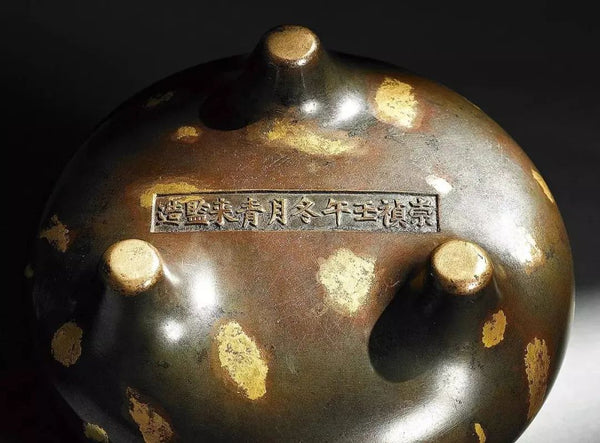
Cloisonné Censers of the Qing Dynasty
The Qing Dynasty brought its own artistic flair to incense burners, with cloisonné censers becoming a hallmark of the era. These intricately designed pieces, often adorned with vibrant enamel, are now treasured artifacts in museums worldwide.
[IMAGE: A Qing Dynasty cloisonné censer displayed at the Taipei Palace Museum.]
The Scholarly Side of Incense: Literature and Culture
Xiang Sheng: The Bible of Chinese Incense
The Ming Dynasty produced the definitive guide to Chinese incense: Xiang Sheng (《香乘》), or Record of Incense. Written by scholar Zhou Jiazhou, this comprehensive text details ingredients, recipes, and historical anecdotes, preserving the art of incense-making for future generations.
Incense in Literature: From Gao Panlong to The Dream of the Red Chamber
Incense was a recurring theme in Ming and Qing literature, symbolizing refinement and spirituality. Scholar Gao Panlong described his daily rituals of burning incense to clear his mind, while The Dream of the Red Chamber painted vivid scenes of incense-filled gardens and chambers.
[IMAGE: An artist’s rendition of the Grand View Garden from The Dream of the Red Chamber.]
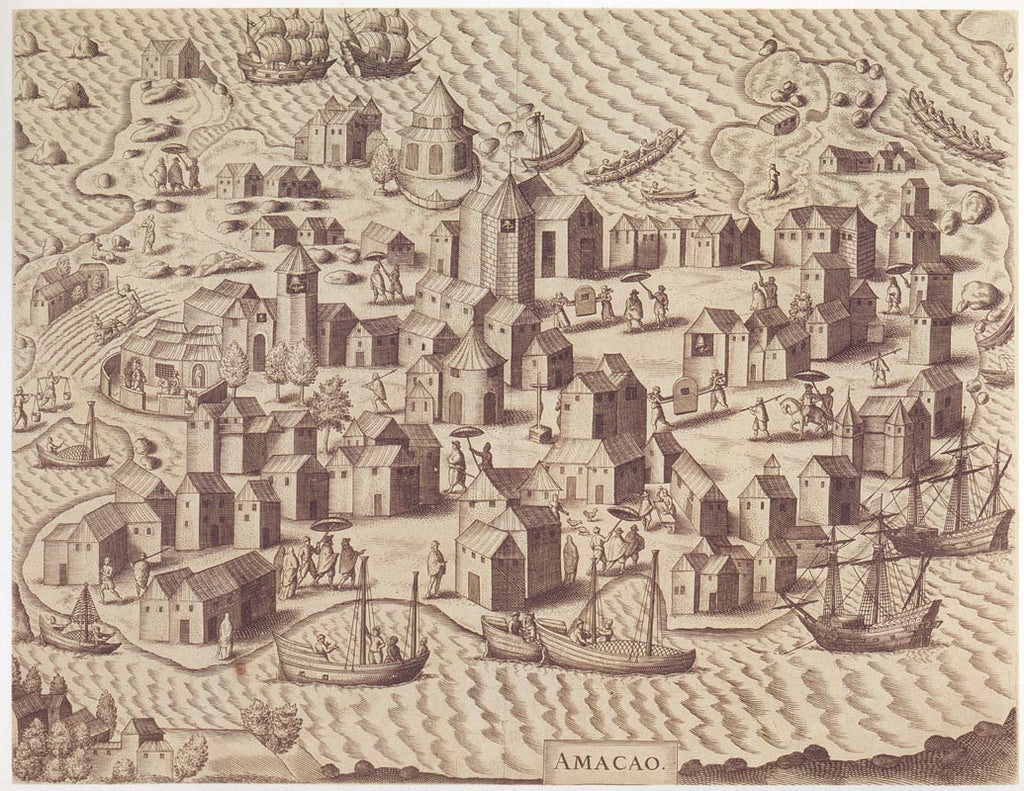
Conclusion: The End of an Era and a Fragrant Revival
The fall of the Qing Dynasty in 1912 marked the end of imperial China and a decline in traditional practices like incense-making. For nearly a century, this art lay dormant, overshadowed by war and upheaval.
However, in recent years, there has been a resurgence of interest in Chinese incense, as people rediscover its cultural and spiritual significance. Whether through ancient texts, artifacts, or modern recreations, the legacy of Chinese incense continues to inspire.
Call to Action: Explore the rich history of Chinese incense and bring a piece of this fragrant tradition into your own life. Start your journey today by learning more about its ingredients, techniques, and cultural significance!
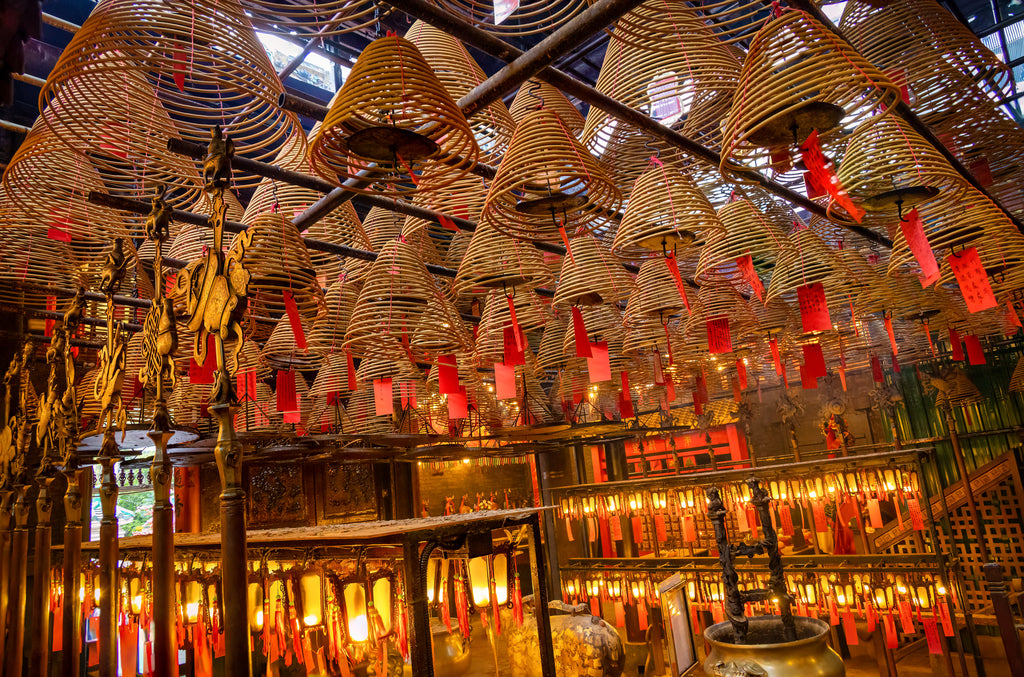
Internal Links:
1. The Evolution of Chinese Incense: From Ancient Times to the Middle Ages
2. The Art of Incense Burners: A Journey Through Chinese History
